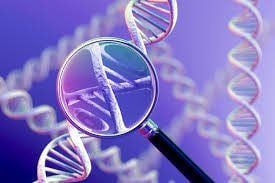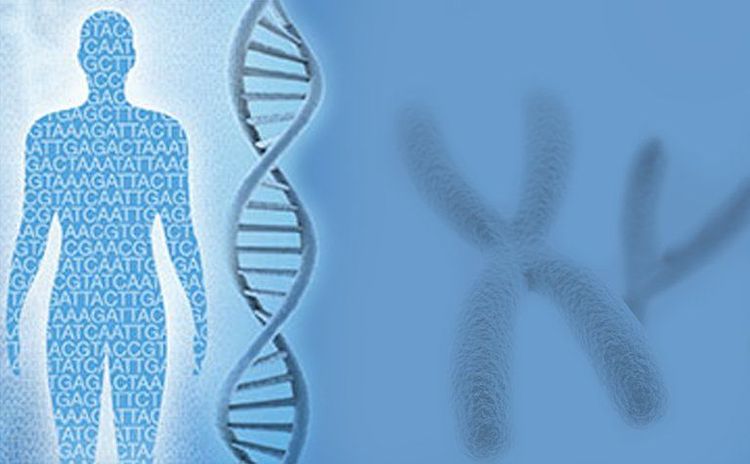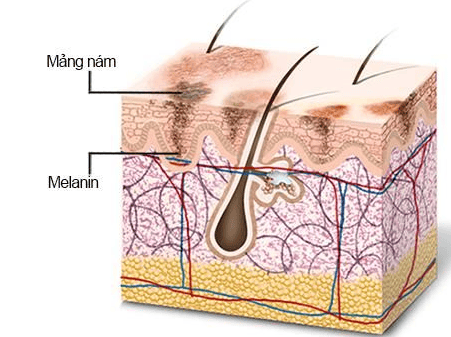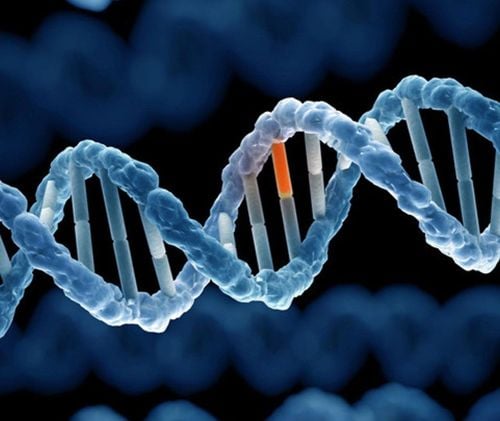This is an automatically translated article.
It takes about 124 genes to create a hair color such as blonde, brown, black or red hair. So, is hair color inherited to the next generation and does the gene that creates hair color affect health?
1. What factors determine the color of hair?
Hair color is determined by the amount of pigment called melanin in the hair. High levels of a type of melanin, called eumelanin, will cause the person to have black or brown hair. Or high levels of another pigment, called pheomelanin, will cause a person to have red hair. The type and amount of melanin determines hair color as follows:
| Màu tóc | Loại và lượng melanin |
| Đen | Eumelanin với số lượng lớn |
| Nâu | Eumelanin với số lượng vừa phải |
| Vàng | Rất ít Eumelanin |
| Đỏ | Chủ yếu là pheomelanin với một ít eumelanin |
The type and amount of melanin in the hair is determined by many genes, although very little has been discovered about these genes at present. The most studied hair color gene in humans is known as MC1R. This gene provides instructions for making a protein called melanocortin receptor 1, which is involved in making melanin. The melanocortin 1 receptor controls the type of melanocytes produced by melanocytes. When this receptor is turned on (activated), it triggers a series of chemical reactions inside the melanocytes that stimulate these cells to produce eumelanin. If the receptor is not activated or blocked, the melanocytes produce pheomelanin instead of eumelanin.
Many other genes also help regulate this process. Most people have two active copies of the MC1R gene, one each inherited from the father and mother. People with black or brown hair have a high amount of eumelanin. It is estimated that more than 90 percent of people in the world have brown or black hair.

MC1R là gen màu tóc được nghiên cứu nhiều nhất ở người
Some people have variants in the copy of the MC1R gene in each cell that cause the gene to be turned off (disabled). This type of genetic change is described as loss of function. For these people, the production of eumelanin is lower, while the amount of pheomelanin is higher, so they will have strawberry blonde, fawn, or red hair. In rarer cases, both copies of the MC1R gene in each cell have loss-of-function changes, and melanin production produces only the pigment pheomelanin. The hair of these people will be red. Even if melanin production is producing eumelanin, changes in other genes can reduce the amount of eumelanin produced. These changes lead to blonde hair.
Hair color comes in a variety of colors, from flax gold to charcoal black. There are many genes other than MC1R that determine the shade of hair color by controlling levels of eumelanin and pheomelanin. Some of these genes, including ASIP, DTNBP1, GPR143, HPS3, KITLG, MLPH, MYO5A, MYO7A, OCA2, SLC45A2, SLC24A5, TYRP1, TYR, ERCC6, GNAS, HERC2, IRF4, OBSCN, SLC24A4, TPITFCN2, and participate on the production of melanin in the hair. Some of these genes are involved in gene transcription (which is the first step in protein production), DNA repair, and the transport of substances (such as calcium) across cell membranes or the structure of hair follicles. Some of these genes contribute to eye and skin color, but their exact role in determining hair color is still poorly understood.

Việc kiểm soát mức độ eumelanin và pheomelanin giúp xác định sắc thái của màu tóc
Hair color can change over time, especially in people of European ancestry, light hair color may darken as an adult. For example, blondes often have darker hair by the time they're in their teens. It is possible that certain hair-pigment proteins are activated as children get older and respond to the hormonal changes that occur near puberty, the researchers suggest. Almost everyone's hair will begin to gray as they age, although when and to what extent it occurs depends on the individual. The cause of gray hair is partly genetic and can vary by ethnic origin; it also somewhat depends on external factors such as stress. Hair turns gray when hair follicles lose the ability to make melanin, but exactly what causes this is not clear.
2. Does the gene that regulates hair color affect health?
To create the hair color you have, it takes 124 genes to decide what color your hair will be, for example blonde, brown or red hair. Researchers working to pinpoint the source of hair color say their findings could improve understanding of pigment-related health conditions, including cancers of the skin, testes and prostate. paralysis and ovarian cancer.

Có tới 124 gen tham gia vào việc xác định màu tóc
A study published in the journal Nature Genetics said that investigators analyzed the DNA data of nearly 300,000 people of European ancestry, along with information about their hair color. Using this information, the team identified 124 genes that play a key role in determining hair color. Of those genes, more than 100 were not previously known to affect pigmentation.
This work will impact several areas of biology and medicine. As the largest-ever genetic study of pigmentation, it will advance our understanding of diseases like melanoma, which is a deadly form of skin cancer. The genes that affect hair color also affect other types of cancer, while other pigment genes affect the likelihood of Crohn's disease and other forms of intestinal disease.
This work helps us understand what causes variation in human appearance by showing how pigment-related genes are subtly adapted to the external environment and even including the social interactions of our evolution.
Besides greatly improving our understanding of human pigment genetics in general, finding these new hair color genes is also important to further increase color prediction accuracy Hair from DNA traces is used in forensic medicine in the future, helping investigators find the culprit.
Please dial HOTLINE for more information or register for an appointment HERE. Download MyVinmec app to make appointments faster and to manage your bookings easily.
References: ghr.nlm.nih.gov, webmd.com













